
Alexander Wilson was a Scottish-American poet, ornithologist, naturalist, and illustrator. Identified by George Ord as the "Father of American Ornithology", Wilson is regarded as the greatest American ornithologist before Audubon.
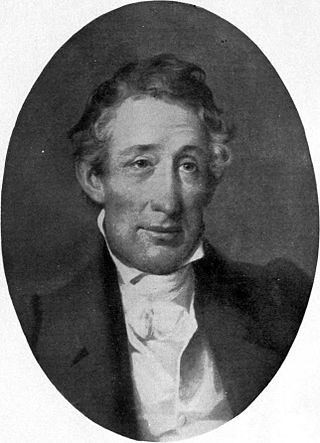
George Ord, Jr. was an American zoologist who specialized in North American ornithology and mammalogy. Based in part on specimens collected by Lewis and Clark in the North American interior, Ord's article "Zoology of North America" (1815), which was published in the second American edition of William Guthrie's Geographical, Historical, and Commercial Grammar, has been recognized as the "first systematic zoology of America by an American".
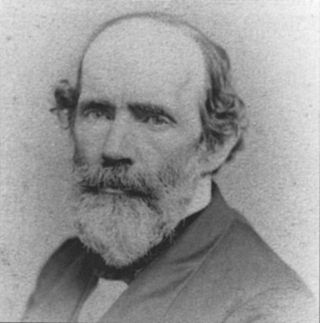
John Cassin was an American ornithologist from Pennsylvania. He worked as curator and vice president at the Philadelphia Academy of Natural Sciences and focused on the systemic classification of the academy's extensive collection of birds. He was one of the founders of the Delaware County Institute of Science and published several books describing 194 new species of birds. Five species of North American birds, a cicada, and a mineral are named in his honor.

The American Ornithological Society (AOS) is an ornithological organization based in the United States. The society was formed in October 2016 by the merger of the American Ornithologists' Union (AOU) and the Cooper Ornithological Society. Its members are primarily professional ornithologists, although membership is open to anyone with an interest in birds. The society publishes the two scholarly journals, Ornithology and Ornithological Applications as well as the AOS Checklist of North American Birds. The American Ornithological Society claims the authority to establish standardized English bird names throughout North and South Americas.

Margaret Morse Nice was an American ornithologist, ethologist, and child psychologist who made an extensive study of the life history of the song sparrow and was author of Studies in the Life History of the Song Sparrow (1937). She observed and recorded hierarchies in chicken about three decades ahead of Thorleif Schjelderup-Ebbe who coined the term "pecking order". After her marriage, she made observations on language learning in her children and wrote numerous research papers.
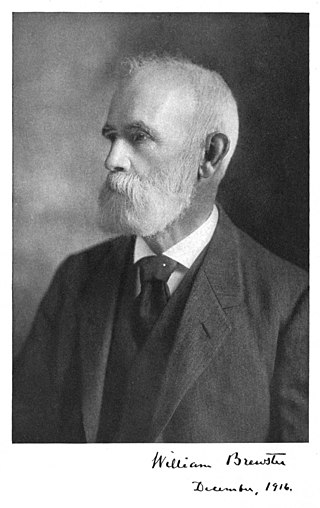
William Brewster was an American ornithologist. He co-founded the American Ornithologists' Union (AOU) and was an early naturalist and conservationist.

Cape May Point State Park is a 244 acres (0.99 km2) state park located in Lower Township, New Jersey, with a Cape May Point postal address. The park offers walking, hiking and nature trails as well as beaches, an exhibit gallery, a ranger office and is the site of the Cape May Light. The park is operated and maintained by the New Jersey Division of Parks and Forestry.

Ludlow Griscom was an American ornithologist known as a pioneer in field ornithology. His emphasis on the identification of free-flying birds by field marks became widely adopted by professionals and amateurs. Many called him "Dean of the Birdwatchers."

Cassinia is the journal of the Delaware Valley Ornithological Club (DVOC). The journal is composed of papers relating to the ornithology of eastern Pennsylvania, New Jersey, and Delaware. Seventy three issues have been published to date. Five initial volumes (1890–1900) were published under the name Abstract of the Proceedings of the Delaware Valley Ornithological Club, and then in 1901 the journal was renamed in honor of ornithologist John Cassin.

Frank Bennington Gill is an American ornithologist with worldwide research interests and birding experience. He is perhaps best known as the author of the textbook Ornithology, the leading textbook in the field.
Robert Thomas Moore was an American businessman, ornithologist, philanthropist, the founder and editor-in-chief of the Borestone Mountain Poetry Awards. In his obituary, Lionel Stevenson wrote, "Robert Thomas Moore was an exceptional amalgam of the poet, the scientist, and the man of affairs."
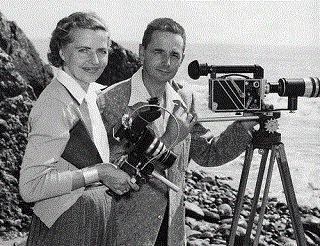
Olin Sewall Pettingill Jr. was an American naturalist, author and filmmaker, president of the Wilson Ornithological Society from 1948 to 1950, a member of the board of directors of the National Audubon Society from 1955 to 1974, and a Life Fellow of the American Ornithologists' Union.
Herbert Leonard Coggins (1881–1974) was an American editor and author of humorous pieces for magazines like The Atlantic Monthly as well as a handful of children's books. He also lectured on ornithology and ran for a various California political offices on the Socialist ticket. His first wife was East Bay architect Leola Hall.
The Delaware Valley Ornithological Club (DVOC) is one of the oldest ornithology organizations in the United States. Founded in 1890, the club has held regular meetings at the Academy of Natural Sciences of Philadelphia for over 125 years, and has published the periodical Cassinia since 1901. Membership is open to any dues paying person with an interest in birds. The club organizes birdwatching field trips throughout the Delaware River valley region, including a dedicated year-round trip schedule within the city limits of Philadelphia (BirdPhilly).

William Dutcher was an American businessman, amateur bird photographer, ornithologist and a keen proponent of bird conservation. Working in a New York insurance company, he provided support to the American Ornithologists' Union (AOU) in its early years by serving as its treasurer and by working with government agencies to help pass key legislations for the protection of birds and the establishment of bird reserves.

Thomas Sadler Roberts was an American physician known for his work in ornithology, bird conservation and for his book The Birds of Minnesota (1932), a comprehensive account on the birds of the Minnesota area. Roberts was an influential educator on birds and their conservation and helped establish the Bell Museum of Natural History. Thomas Sadler Roberts Bird Sanctuary in Minneapolis is named after him. He was among the many ornithologists who saw the last flocks of the passenger pigeon in Minneapolis.
Reuben Haines III was a Quaker farmer, brewer, abolitionist, scientist, ornithologist, meteorologist, firefighter, philanthropist, and educational reformer from Philadelphia, Pennsylvania.

John Krider was an American gunsmith and ornithologist who operated a sporting goods store on the northeast corner of Second St. and Walnut St. in Philadelphia, Pennsylvania, for much of the 19th century. On the second floor of Krider's shop was a taxidermy shop, where hundreds of bird specimens were prepared over multiple decades.
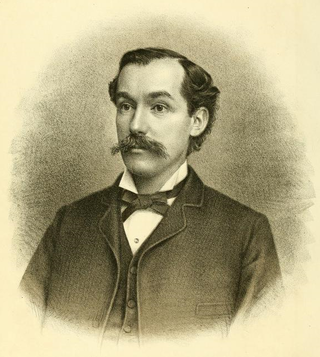
Thomas George Gentry was an American educator, ornithologist, naturalist and animal rights writer. Gentry authored an early work on plant intelligence.
Keith Russell is an American ornithologist, birder, science communicator, and conservationist from Philadelphia, Pennsylvania. He is a leading advocate of bird-safe glass and other methods for reducing mortality of migrating songbirds in urban environments. He is currently the program manager for urban conservation for Pennsylvania Audubon.
















